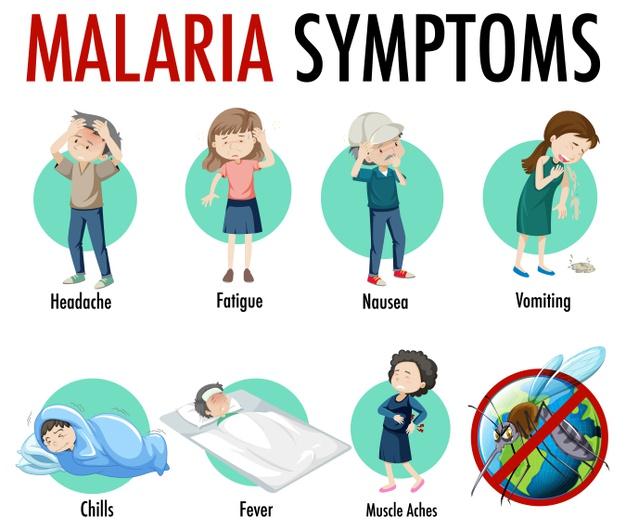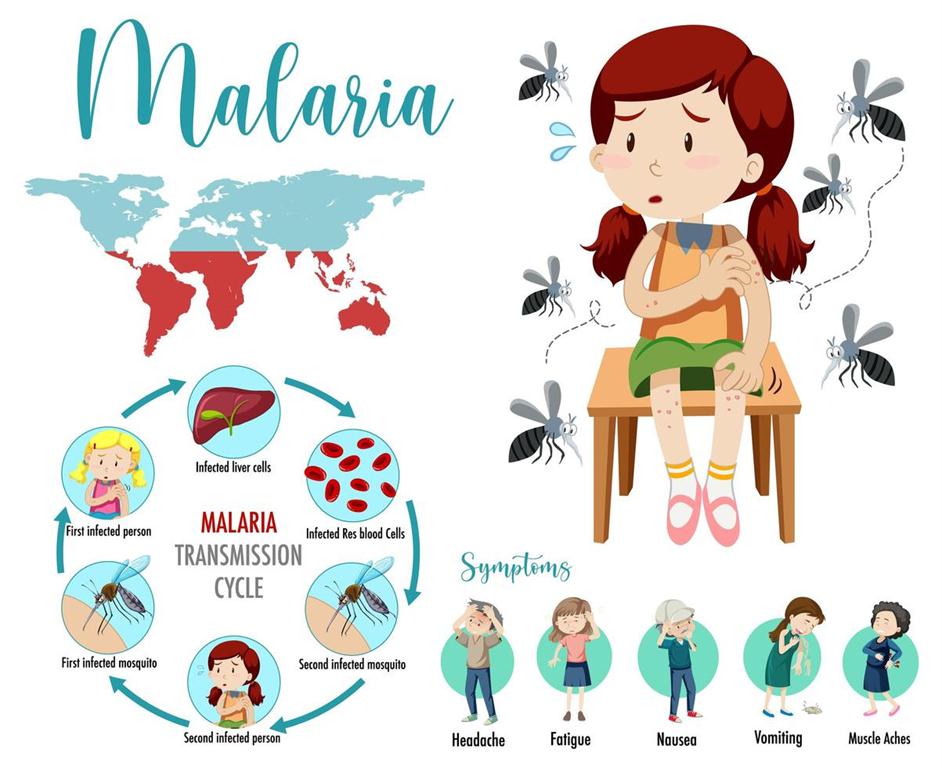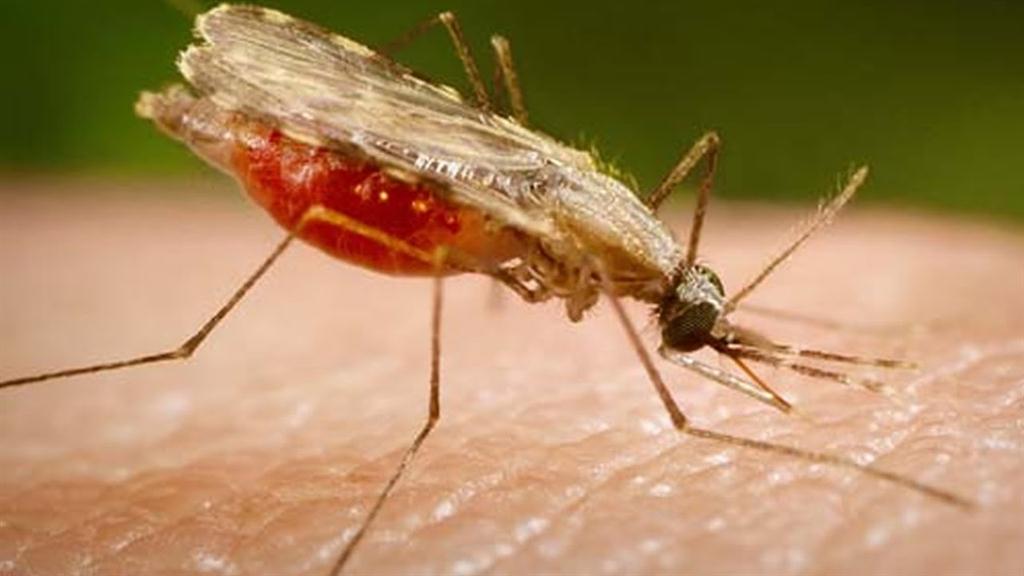Namibia making strides in battle against malaria
Most of Namibia’s malaria cases occur during the rainy season between January and April and are concentrated in the northern region of the country.
Although the country has made significant progress over the last decade, the ongoing threat of malaria importation from across Namibia’s borders is a key barrier to achieving elimination, says The Global Fund.
Namibia achieved a 97% decline in malaria cases between 2001 and 2011, and was aiming to eliminate malaria by 2020. Currently 72% of the total population of 2,46 million are living in areas of active transmission.
Between 2001 and 2011 Namibia experienced a 98% decrease in reported malaria cases from 735 510 to 14 409. During the same period, malaria deaths decreased by 98% from 1 747 to 36 – far surpassing the country’s national targets.
According to the Fund, the malaria burden remains in the three years from 2017 to 2019; 66 141 cases reported in 2017, 36 451 in 2018 and 3 404 in 2019.
Last year Namibia's malaria cases increased to 12 507 according to statistics from the Ministry of Health.
The National Vector-borne Diseases Control Program from the Health Ministry which monitors the weekly malaria situation in the country shows that in 2020 12 507 malaria cases were recorded, while 40 deaths occurred.
The huge difference between 2019 and 2020 was largely attributed to the fact that 2019 was a drought year with the rainfall pattern not similar to that of 2020 and 2018. The Covid-19-pandemic also brought bottlenecks and a halt in the implementation of program activities to prevent and combat malaria.
COVID-19 regulations slowed down the implementation of program activities due to restriction on people movement, gatherings of more than 10 people and delayed delivery of antimalarial commodities, resulting in some program activities even being cancelled, according
The Ministry in partnership with the World Health Organization (WHO) in 2019 started implementing the WHO/AFRO II larviciding demonstration project in six districts in Omusati, Oshikoto, Ohangwena, Kavango East and West regions where malaria is transmitted. The project aims to strengthen national capacity for implementing diversified mosquito control measures to contribute towards malaria elimination. The objective of the project in Namibia is to assess the effectiveness of community-based mosquito larviciding (treatment of water bodies with a biological agent to kill the baby mosquitoes) in addition to indoor house spraying and insecticide treated nets as an additional tool for mosquito and malaria control. It also aims to strengthen national capabilities for implementation and scaling up of evidence-based, innovative, diversified and environmentally sound disease vector control interventions with particular focus on winter larviciding as an additional vector control tool to achieve malaria elimination.
In 2016 WHO published an analysis of 21 countries with a potential to eliminate malaria by 2020. These countries were selected based on 3 criteria: a) trends in malaria case incidence between 2000 and 2014; b) declared malaria objectives of affected countries; and c) informed opinions of WHO experts in the field. Namibia being amongst the selected 21 countries is participating in this innovative regional project in an attempt to have zero malaria cases by 2020. The Global Fund describes the country’s progress towards reducing the transmission of malaria as “impressive”. It reduced malaria incidence significantly by 97% between 2000 and 2012 with a slight increase in 2013, 2014, 2016 and 2017..
Since 2006, Namibia has made significant improvements in improving coverage of malaria interventions among most at risk populations, including pregnant women, children under five, people living with HIV, and those living in hard to reach areas. Intervention efforts include vector control through indoor residual spraying (IRS), promotion of long – lasting insecticide treated nets, diagnosis and treatment, surveillance and epidemic preparedness, detection and response.
The national malaria control programme is leading an effort to identify and prioritize the most affected areas in the malaria endemic regions and to prevent potential outbreaks through case-based surveillance and active screening to find hotspots of transmission, and community mobilization in support of prevention methods.
Sources: The Global Fund, Xinhua.net; World Malaria Report
Although the country has made significant progress over the last decade, the ongoing threat of malaria importation from across Namibia’s borders is a key barrier to achieving elimination, says The Global Fund.
Namibia achieved a 97% decline in malaria cases between 2001 and 2011, and was aiming to eliminate malaria by 2020. Currently 72% of the total population of 2,46 million are living in areas of active transmission.
Between 2001 and 2011 Namibia experienced a 98% decrease in reported malaria cases from 735 510 to 14 409. During the same period, malaria deaths decreased by 98% from 1 747 to 36 – far surpassing the country’s national targets.
According to the Fund, the malaria burden remains in the three years from 2017 to 2019; 66 141 cases reported in 2017, 36 451 in 2018 and 3 404 in 2019.
Last year Namibia's malaria cases increased to 12 507 according to statistics from the Ministry of Health.
The National Vector-borne Diseases Control Program from the Health Ministry which monitors the weekly malaria situation in the country shows that in 2020 12 507 malaria cases were recorded, while 40 deaths occurred.
The huge difference between 2019 and 2020 was largely attributed to the fact that 2019 was a drought year with the rainfall pattern not similar to that of 2020 and 2018. The Covid-19-pandemic also brought bottlenecks and a halt in the implementation of program activities to prevent and combat malaria.
COVID-19 regulations slowed down the implementation of program activities due to restriction on people movement, gatherings of more than 10 people and delayed delivery of antimalarial commodities, resulting in some program activities even being cancelled, according
The Ministry in partnership with the World Health Organization (WHO) in 2019 started implementing the WHO/AFRO II larviciding demonstration project in six districts in Omusati, Oshikoto, Ohangwena, Kavango East and West regions where malaria is transmitted. The project aims to strengthen national capacity for implementing diversified mosquito control measures to contribute towards malaria elimination. The objective of the project in Namibia is to assess the effectiveness of community-based mosquito larviciding (treatment of water bodies with a biological agent to kill the baby mosquitoes) in addition to indoor house spraying and insecticide treated nets as an additional tool for mosquito and malaria control. It also aims to strengthen national capabilities for implementation and scaling up of evidence-based, innovative, diversified and environmentally sound disease vector control interventions with particular focus on winter larviciding as an additional vector control tool to achieve malaria elimination.
In 2016 WHO published an analysis of 21 countries with a potential to eliminate malaria by 2020. These countries were selected based on 3 criteria: a) trends in malaria case incidence between 2000 and 2014; b) declared malaria objectives of affected countries; and c) informed opinions of WHO experts in the field. Namibia being amongst the selected 21 countries is participating in this innovative regional project in an attempt to have zero malaria cases by 2020. The Global Fund describes the country’s progress towards reducing the transmission of malaria as “impressive”. It reduced malaria incidence significantly by 97% between 2000 and 2012 with a slight increase in 2013, 2014, 2016 and 2017..
Since 2006, Namibia has made significant improvements in improving coverage of malaria interventions among most at risk populations, including pregnant women, children under five, people living with HIV, and those living in hard to reach areas. Intervention efforts include vector control through indoor residual spraying (IRS), promotion of long – lasting insecticide treated nets, diagnosis and treatment, surveillance and epidemic preparedness, detection and response.
The national malaria control programme is leading an effort to identify and prioritize the most affected areas in the malaria endemic regions and to prevent potential outbreaks through case-based surveillance and active screening to find hotspots of transmission, and community mobilization in support of prevention methods.
Sources: The Global Fund, Xinhua.net; World Malaria Report








Kommentar
Allgemeine Zeitung
Zu diesem Artikel wurden keine Kommentare hinterlassen